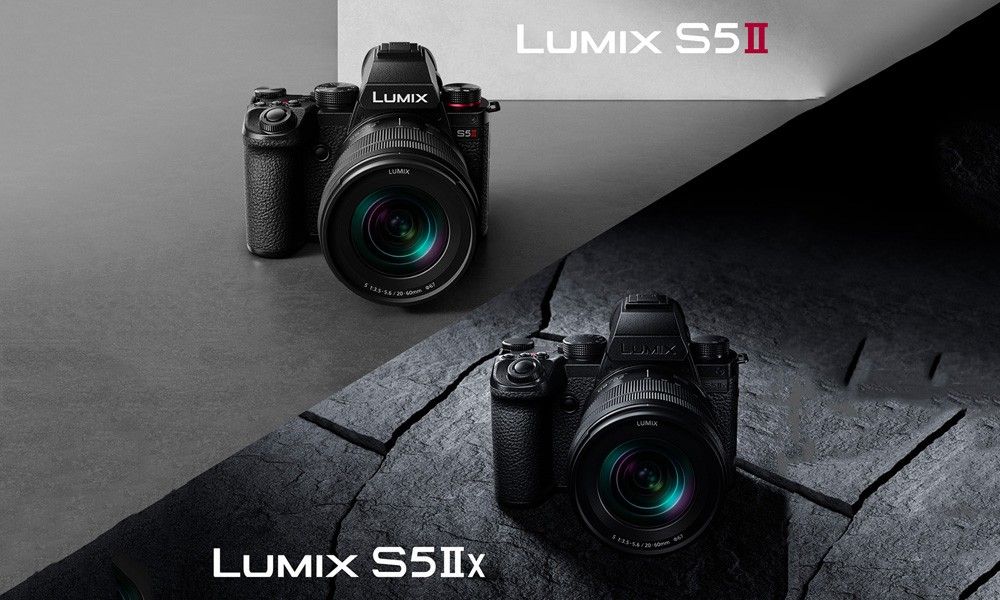
New autofocus, stabilization, and price are keeping the fires of the camera market alight.
With a new year comes a new line of cameras. It feels like only yesterday we received the Panasonic GH6. But now, after days of speculation, Panasonic has officially announced the highly anticipated Lumix S5II full-frame mirrorless camera. The camera offers a redesigned autofocus system that promises faster and more accurate tracking with sharper focus.
With the likes of the Sony FX30 still hot from the factory and the one-two punch from Fuji with its X-H2 and X-H2s bodies, is the S5II enough to keep up with the competition? Let's take a deep dive into what this new mirrorless camera is bringing to the table and what we can expect when pitting it against the other new tools on the market.
All About The Image
The Lumix S5II features a newly designed 24.4 megapixel full-frame CMOS sensor and Venus Imaging Engine. The new system offers signal processing that is two times faster for high-bit-rate video recording, with over 14 stops of dynamic range in V-LOG/V-Gamut codecs. If that number feels familiar, then you might already have a new Fuji camera. The Fuji X-H2s sported a killer sensor with 14+ stops of dynamic range as well.
But when these numbers are put to the test, the dynamic range numbers usually fall a bit flat in real-world scenarios. Unless you're an ARRI Alexa or Fuji X-H2s. When tested by Gerald Undone, the X-H2s camera body not only passed with flying colors. The camera managed to meet its stated dynamic range numbers, although this did require some noise reduction in post.
So how did the Panasonic S5II fair? From a technical standpoint, not bad. Although Undone had to work his magic in post once again. While the S5II didn't fair as well as the X-H2s, we do have to consider the difference in sensor size, with the Panasonic rocking a full-frame sensor compared to the Fuji's APS-C.
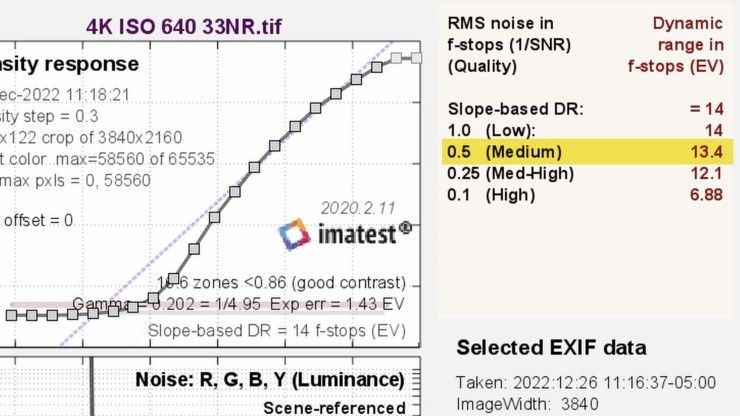
Next up, the S5II's Venus Imagine Engine provides 10-bit 4:2:0 color in 6K (3:2) Open Gate, 5.9K in 16:9/17:9 up to 30 fps and 60p in Super 35mm mode, and 4:2:2 10-bit color in C4k/4K in widescreen up to 30p or 60p in Super 35mm mode. The engine will also provide higher frame rates of 48p in 4K, up to 120p in Full HD, with slow and quick motion at up to 180 fps also available. There is also an anamorphic mode in 3.3K 10-bit 4:2:2 in the Super 35 mode.
For photography, the S5II and S5II X will be capable of still image burst modes of up to 9 fps, mechanical, and 30 fps electronic. The image buffer can store up to 200 RAW+JPEG images or 300 JPEGs and fills the buffer four times faster. The S5II can also stitch together nine images into a master 96MP image in camera with no additional software processing required.
All in all, that's an impressive list of tools to bring to your production. We will say that nitpicking these numbers becomes a useless exercise that really won't affect your final product. If you like the color science that Panasonic has implemented into its camera line, then you won't be disappointed with the images you create, moving or otherwise.
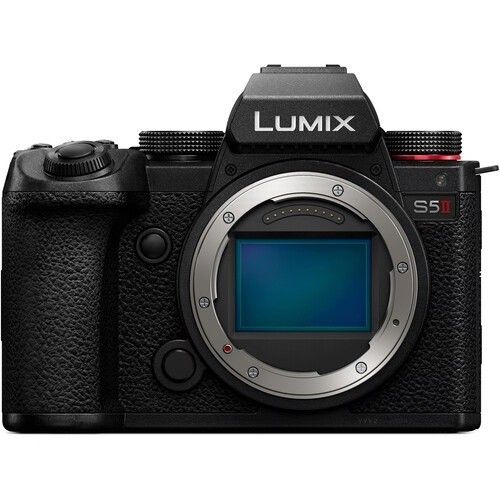
Faster Autofocus
However, the key feature that everyone is hoping for is that Panasonic has done away with its frustrating contrast-based autofocus. That hope is finally fulfilled as the S5II includes a new phase detection autofocus (PDAF) design. This works with Panasonic’s Phase Hybrid Autofocus, which has 779 autofocus points to improve subject tracking without resorting to hunting.
The camera offers three different focus tracking modes – Human, Face and Eye, and Animal modes. The “Human mode” switches from human to eye and face detection, keeping the subject in focus as it moves, although face and eye detection will only lock onto a subject when it identifies a face or eye in the frame.
Once the camera locks onto the subject, it will continue to track the subject, even in poor lighting conditions or with competing for multiple objects in the frame. Moreover, the system suppresses focus hunting, which can be distracting while viewing the scene. Focusing is also as fast using any L-Mount lens, regardless of manufacturer.
But is it up to the same level as Sony? That remains to be seen when production models hit the market. When it comes to a leg up on the competition, Panasonic is really taking the lead with its wide variety of native lenses, either from Sigma or Leica, thanks to their Alliance.
Solid Image Stabilization
The camera also incorporates a next-generation 5-axis dual image stabilization 2 scheme, which works in concert with the optical image stabilization system of the Lumix lenses for up to 6.5 stops of camera movement correction. The 5-axis Dual IS 2 works in both photo and video recording modes and adds Active IS for more stable video recording. The result is camera shake is reduced by 200% across horizontal, vertical, and rotational axis. This will aid shooters who are filming handheld or with telephoto lenses with longer focal lengths.
How this will work in the field remains to be seen. Fuji has a robust IBIS system in all of its new cameras that works brilliantly for photography. However, it falls a little short for video when compared to Sony, which is still the king of stabilization (at least for now).
A Professional Variant
Speaking of streaming, Panasonic has also announced a more professional variant of the S5II known as the Lumix S5II X. The X version of the camera provides professional-grade codecs that include All-Intra and ProRes Raw internal recording (which the X-H2s also has), recording to an external SSD, USB tethering, and both wired and wireless video streaming.
Users will also get a preinstalled Raw Video output recording license. The X variant will also have a blacked-out Lumix logo to differentiate it from the standard consumer-grade S5II.
Audio quality is captured using 24-bit four-channel audio at 48kHz from dual internal microphones or external microphone attachments, with XLR connections boosting that sound quality to up to 96kHz.
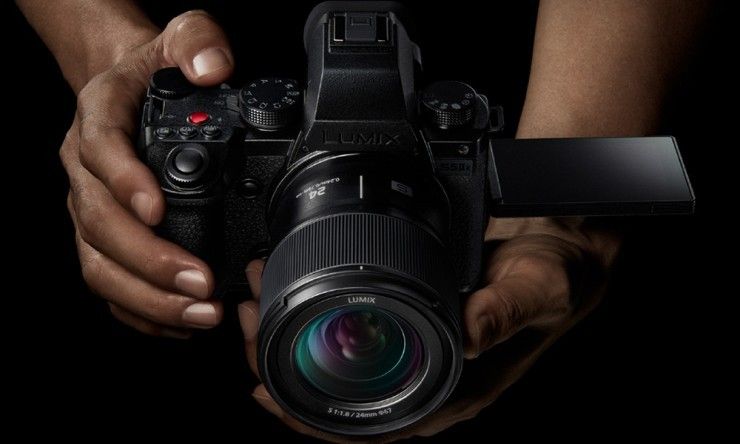
Advanced Cooling
All that performance, however, would cause a tremendous amount of heat build-up, but Panasonic has designed a cooling fan that draws cool air through a front vent underneath the Lumix logo on the housing for its 3.68 million dot OLED LVF Viewfinder, routing it over the image processor and outside vents.
Panasonic says that the cooling fan enables the camera to record without limit, and it can be turned off during situations where silent video recording is required. The company cautions, however, that camera recording time will be limited and could shut down when overheating becomes a factor. So, you know, maybe there is a limit if you're shooting in the Arizona desert in the summer.
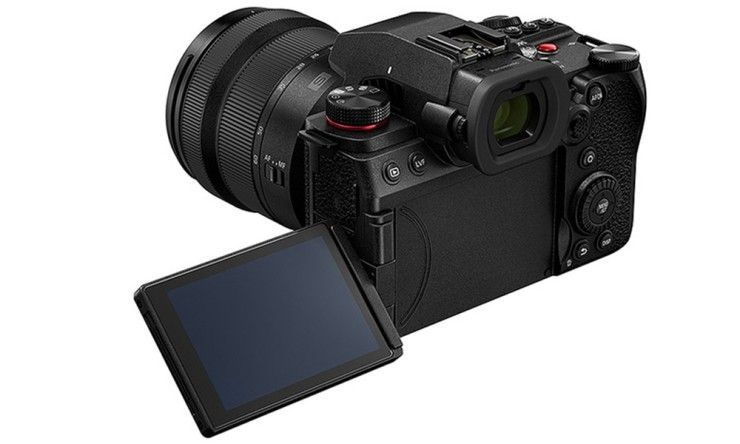
Panasonic, Sony, Fuji
How is Panasonic tackling both Sony and Fuji at the same time? Is it the $1999.99 price point, which is just a hair more than the FX30? Is it the internal ProRes recording like in the Fuji X-H2s?
The answer is all of the above, actually, and more. The trifecta of features that seems to be the cornerstone of this competition is IBIS, codecs, and price point. What Panasonic has with the S5II is an attempt to tackle all three in order to keep it competitive in a market that is red-hot. At this point, we're all eager to see what Blackmagic brings to the table to shake things up.
The Panasonic Lumix S5II will be available by the end of January 2023. Meanwhile, the more professional S5II X will be available in May 2023. Preordering is available now. Until then, creatives have a solid amount of options to choose from. But if you're squarely locked into an L-Mount system, this camera may be worth the wait.
Let us know what you think of this new piece of kit from Panasonic! Love it or not, let us know in the comments.
Your Comment